By Shala Gean
Rice. It’s a staple in many homes across the U.S. and the world.
Fried rice. Spanish rice. It can be mixed with vegetables, soups and even used in desserts like rice pudding.
Rice is one of the oldest known foods consumed by humans. It is tiny, but mighty. And packed with nutrients!
It’s a great source of energy and nutrition, supplying complex carbohydrates that fuel physical activity.
Nearly 85 percent of the rice we eat in the U.S. is grown by American farmers.
Texas is one of six states where rice is grown. For more than a century, rice farming has shaped the economy, environment and communities of the Texas coast.
Water is critical to a rice plant’s growth. Many Texas rice farmers depend on the Colorado River to grow their crop.
It’s a crop that’s friendly to the environment and wildlife. Many animals like ducks and geese travel thousands of miles to spend the winter months in the harvested rice fields.
Have you ever wondered where rice comes from?
Rice planting begins around March in Texas. Levees help farmers irrigate their crop by stopping the water from running downhill.
Airplanes are used to spread fertilizer on the rice field just before watering and at various times throughout the growing season.
Rice is flooded with water about six to eight weeks after planting. The water is usually drained about 10 days before harvest.
Rice begins to show heads and flower in mid to late June. Rice harvest along the Texas Coast begins in late July and lasts about a month or longer depending on the weather.
Rice is harvested with a combine. The combine cuts the rice and removes it from the stalk.
Oftentimes, rice can be watered again to grow a ratoon crop, or second crop.
It’s taken from the field to a rice dryer, which removes the moisture by blowing heat across the rice. It’s then stored in bins at the dryer.
Rice is shipped to the buyer and put in more bins. From the bins, the rice goes through the milling process and is packaged and sent to the grocery store. From there, it goes to your kitchen.
So, next time you prepare a dish that’s made with rice, think of the journey it took to get from the field to the plate.

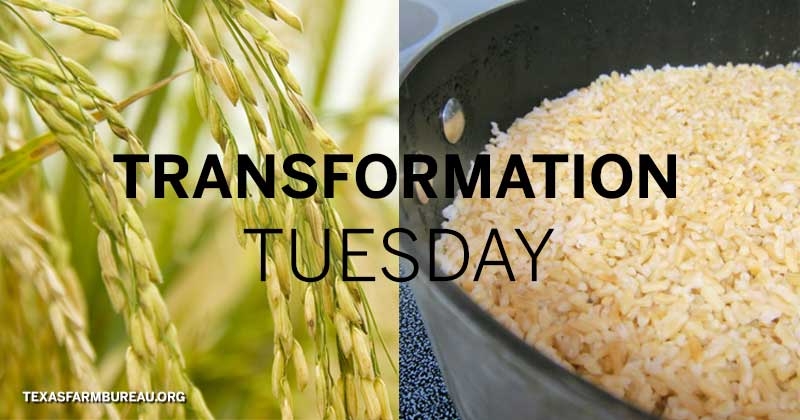
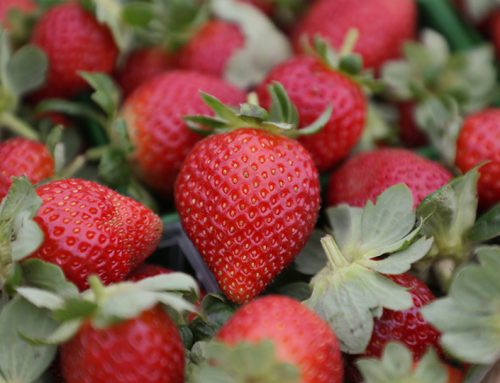
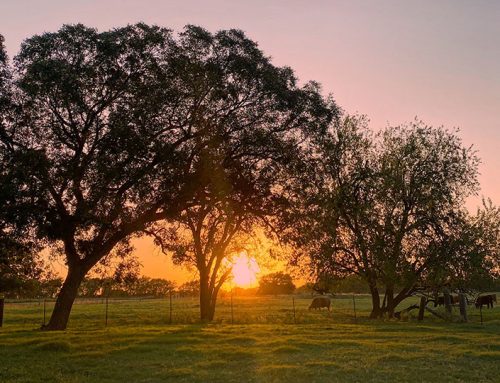
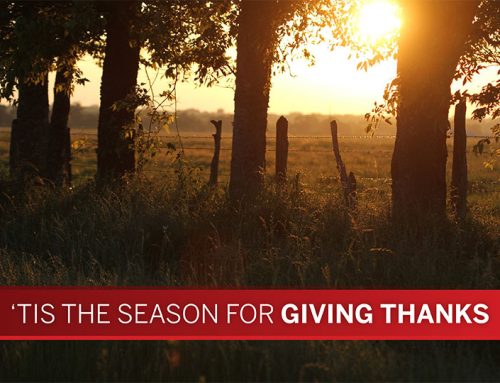
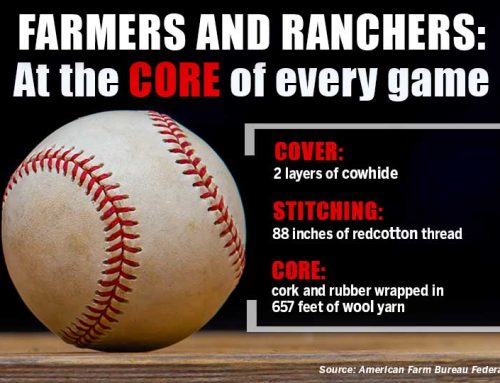
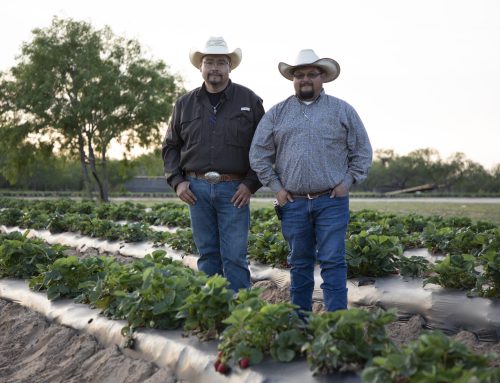
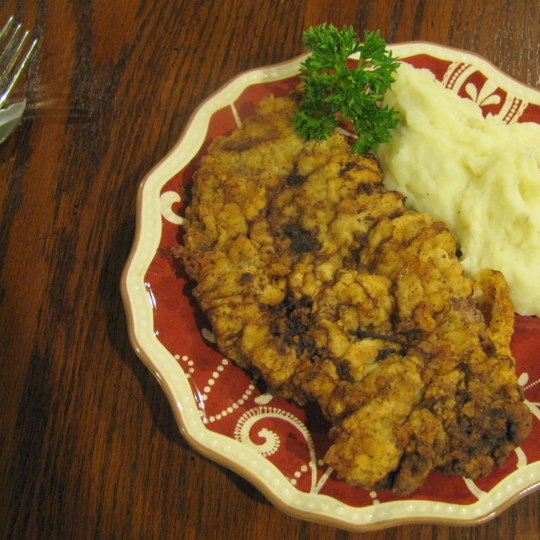
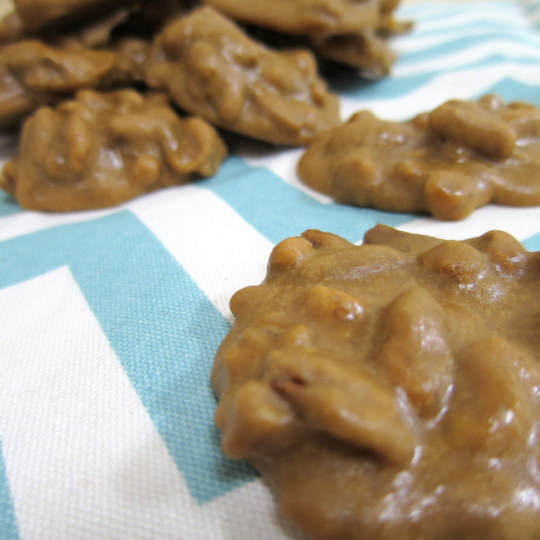


My son grows rice and I have grown rice when I was farming